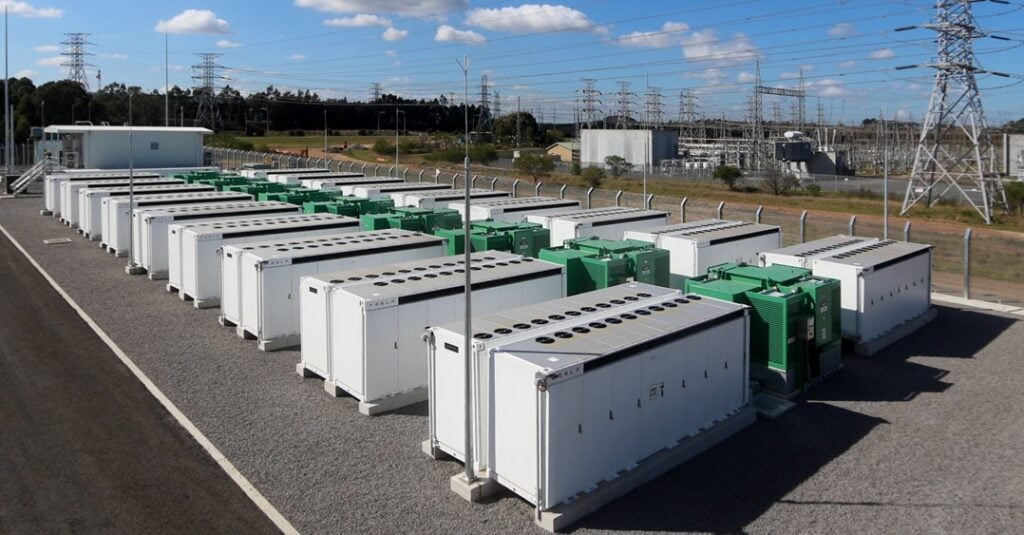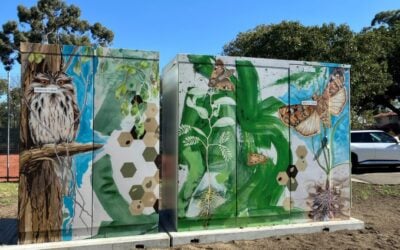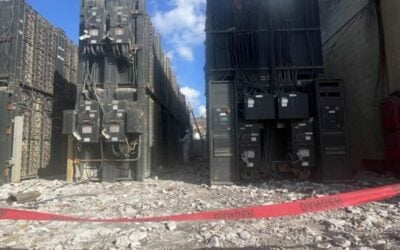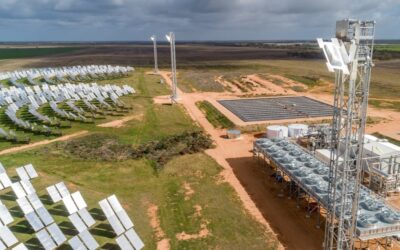
The New South Wales government has revealed that its green bank, the Energy Security Corporation, will invest in short to long-duration energy storage (LDES) projects as part of its first Investment Mandate.
Armed with AU$1 billion (US$640 million) in funding, the Energy Security Corporation, a newly founded state-owned body that will accelerate investment in renewable energy assets, will invest in large-scale battery energy storage systems (BESS), community batteries, pumped hydro energy storage (PHES) and virtual power plants (VPPs).
Enjoy 12 months of exclusive analysis
- Regular insight and analysis of the industry’s biggest developments
- In-depth interviews with the industry’s leading figures
- Annual digital subscription to the PV Tech Power journal
- Discounts on Solar Media’s portfolio of events, in-person and virtual
The New South Wales government said energy storage had been selected as the key priority for investment to maximise the use of electricity generated from solar PV and wind.
The Investment Mandate will also cover projects that upgrade infrastructure to ensure the smooth operation of the grid coordinate and consumer energy resources in households, businesses, and the community, such as VPPs.
The New South Wales Minister for Energy, Penny Sharpe, believes the formation of the Energy Security Corporation marks a shift away from privatising energy assets.
“New South Wales will invest AU$1 billion in critical projects to deliver more affordable, clean and reliable energy to homes and businesses across the state. After a decade of privatisation, the Energy Security Corporation gives the people of New South Wales the chance to invest in their energy system,” Sharpe said.
Sharpe also congratulated Paul Peters on being appointed interim CEO of the new entity. The government confirmed that an inaugural board for the Energy Security Corporation will be appointed soon.
According to the Labor Party, the ruling government of New South Wales, the state’s Energy Security Corporation will result in an overall expansion of the private sector renewable energy investment in New South Wales similar to the way the Commonwealth’s Clean Energy Finance Corporation (CEFC) has expanded total renewable energy investment across Australia.
The Australian government recently increased the CEFC’s investment capacity with an additional AU$2 billion in funding to help maintain the country’s energy transition trajectory. This came after the organisation invested a record AU$3.5 billion in the six months to 31 December 2024. One of these investments included HumeLink, a transmission project to help unlock the 350GWh Snowy 2.0 pumped hydro expansion.
Community batteries on the rise in Sydney
As mentioned, some of this investment will be allocated to community batteries.
For community batteries, coupling solar PV technology with these could support residential decarbonisation and create an additional incentive to introduce renewable energy generation technology to homes, even if the building does not have access to a home BESS asset. This is where the community BESS’s strengths come to the fore.
In New South Wales, Australian network company Ausgrid has been capitalising on the growing interest surrounding these assets and recently opened its latest community battery in Cammeray, a suburb of Sydney.
Each of Ausgrid’s community BESS has a designated catchment area set by Ausgrid based on network connectivity and battery benefit. It also comes with Ausgrid’s new energy storage-as-a-service (ESaaS) offering, which is being delivered alongside partners Origin Energy and EnergyAustralia.
Industry heavyweights the Australian Renewable Energy Agency (ARENA) is also supporting the uptake of community batteries. Last year, it allocated AU$143 million in financial backing to build 370 community assets across Australia.
Pumped hydro ‘critical’ to New South Wales
Pumped hydro is another technology set to benefit from the Energy Security Corporation. Several large-scale sites attracted the government’s attention last year, enough so that they were each deemed “critical” given their importance to the economy.
The three sites were the Stratford Pumped Hydro and Solar project and the Muswellbrook and Lake Lyell pumped hydro storage projects.
Proposed at the Stratford Renewable Energy Hub, the Stratford Pumped Hydro and Solar site consist of a 330MW solar PV plant alongside a pumped hydro storage facility with a capacity of 3,600MWh over a 12-hour cycle.
Muswellbrook will generate 250MW of hydroelectricity with eight hours of storage capacity for 2GWh of stored energy. This will feed electricity into existing high-voltage power lines nearby. It is being developed by AGL and Idemitsu Australia.
On the other hand, Lake Lyell has a proposed capacity of 335MW and a storage duration of eight hours. It has an operational life of 80 years and is being explored by EnergyAustralia. In terms of importance to New South Wales, alongside these sites is also the 350GWh Snowy 2.0 pumped hydro expansion, which is set to play a vital role in the country’s decarbonisation journey.






